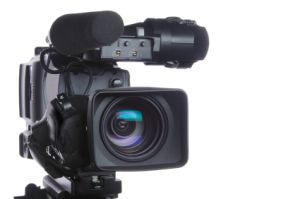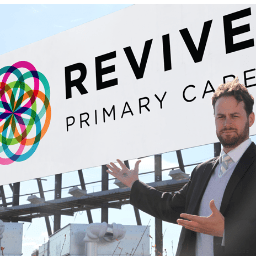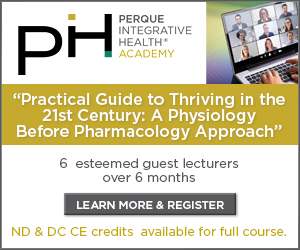 Having good go-to video resources for patient education can help you make much better use of their limited face-to-face time with patients, says James Maskell, president of Revive Primary Care, a consultancy focused on helping independent primary care doctors build thriving practices.
Having good go-to video resources for patient education can help you make much better use of their limited face-to-face time with patients, says James Maskell, president of Revive Primary Care, a consultancy focused on helping independent primary care doctors build thriving practices.
In acute care, the doctor’s role is fairly straightforward: identify the primary issue, and assign the appropriate treatment to prevent death, minimize pain, and stabilize the patient.
With chronic disease, it’s a different—and much more time-consuming—story.
Your role shifts from interventionist to educator and coach. In a sense, it is a much more demanding role–especially with patients who have complex multifactorial conditions.
“If you have a patient with longstanding chronic disease, who has a bad diet and an unhealthy lifestyle, you end up spending a lot of time disseminating information. Most doctors simply can’t do hour-long appointments with every patient. Some try to solve the problem through group visits, which is a good solution, but not for everyone,” says Maskell.
Produce or Curate?
Having a set of reliable, replicable patient ed videos—either self-produced or curated from 3rd party sources–can be a huge time-saver. Instead of spending the bulk of a visit disseminating information, you can use the time to ask and answer questions, provide inspiration, and encouragement for lifestyle change, and address specific obstacles holding a patient back.
Revive Primary Care is developing a platform to help doctors make better use of multimedia for patient education. The company creates customized educational portals around the four key drivers of chronic disease: stress, diet, toxin exposure & microbiome dysregulation.
While these domains are inter-related they are distinct, and in many people with chronic health problems, one or another of these drivers is predominant.
Revive’s videos educate patients about how these factors contribute to their disease states, and offer simple self-care solutions for managing the problems. By having patients view the videos in advance,  physicians can optimize their visit time by focusing on specific questions, roadblocks or challenges.
physicians can optimize their visit time by focusing on specific questions, roadblocks or challenges.
“Working with patients who have chronic diseases requires a different skill-set,” says Maskell. “And docs need as much time as they can get. Video can really help.”
Some doctors want to produce their own educational videos. This is a good idea if you’re committed to “branding” yourself and your practice, and you’re willing to invest the time and resources needed to great unique and truly valuable video content.
“If you are going to produce your own videos, make sure you are producing something interesting and with good production value. Try to be the first at something—the first in your geographic area to address a particular problem or the first to explain a new or innovative treatment approach. Don’t just reinvent the wheels. “
For many doctors, the best option is to function as a curator of good health education content produced by others. There’s a wealth of it out there, and your patients will appreciate your helping them to filter it. “Never be afraid to use good 3rd party content.”
Motion = Engagement
Ramy Mam, a California-based videographer working in the healthcare field stresses the importance of motion graphics in patient ed videos. Uninterrupted “talking head” shots of you—or anyone else—dispensing clinical info will only put patients to sleep.
“Motion graphics are a powerful component to incorporate into videos that will allow you to demonstrate highly complex information in a clear, concise and informative manner,” says Mam. “For example, if you want to educate a patient about how acupuncture works, an animated motion-graphic will be more effective than a video of someone “explaining” it.”
If you are planning to produce your own videos, a little professional help from a seasoned videographer is a good investment. Engaging videos will dramatically lower your website’s bounce rate and demonstrate to a potential patient/client your services, credibility, and uniqueness.
“A professional producer can take your ideas and translate them into the complex language of media,” Mam told Holistic Primary Care.
James Maskell and Ramy Mam will both be speaking at HPC’s upcoming Heal Thy Practice conference, Oct 18-20, at a session entitled “Using Video for Effective Patient Education & Motivation.”








